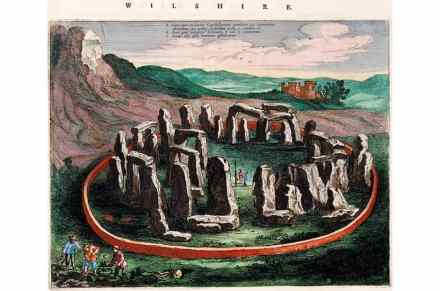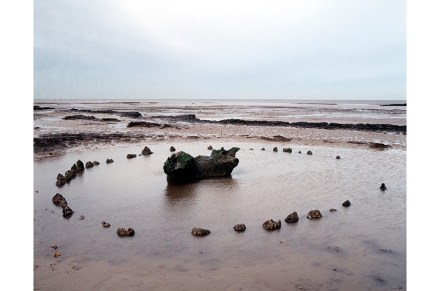New light on the building of Stonehenge
When it comes to Stonehenge, we are like children continually asking why and never getting a conclusive answer. There are plenty of theories as to its purpose, ranging from the ludicrous to the dull, but perhaps we would be better off concentrating, as in this excellent book, more on how our ancestors got the stones up in the first place. Attention has always centred on the original bluestones which made up the first circle at Stonehenge, because they were brought, remarkably, all the way from Wales. These are the smaller – but still two-ton – megaliths, carved from the Preseli quarries in Pembrokeshire. It used to be thought they must



